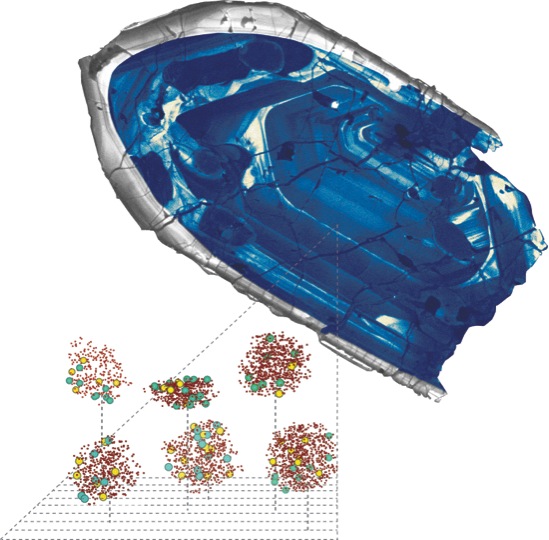12 points from Sweden go to the AI
The GPT-2 neural network created by OpenAI is a massive model that has been trained

What a month it has been for our young planet earth. In our timeline just 1 month has passed, but on Earth over 385 million years have elapsed.
In this short time, we've witnessed the earth coalesce from a cloud of gas and dust into a planet. It started to cool and a core, mantle and crust to begin to differentiate. But things had barely got going before the planet was nearly destroyed in an unimaginably huge impact from a Mars sized object!
A cataclysmic impact occurs as a planet the size of Mars collides with the Earth. The vast amounts of material ejected in the impact coalesce and form the Earth's moon.
— Earth (@YearOnEarth) January 8, 2018
The Earth is left with a jaunty axial tilt, and a new companion.
There are very few relicts from the crust during this time, but there’s one rocky outcrop in Australia that helps us tell the story of the early earth.
The rocks in Jack Hills, Australia are old – really old. Approximately 3.0 billion years old. However, within the rock are grains of the hardy mineral zircon. The zircon crystals formed in magmatic intrusions in the crust a billion years previous. Eventually the crust was eroded away by the actions of water, and the mineral grains were washed into sedimentary deposits. The oldest grains in Jack Hills are 4.404 billion years, forming on the 11th of Jan on our recap.
By now, a crust has began to form on the surface of the Earth. Minerals form as magma cools and crystallises, including the small but hardy mineral, zircon.
— Earth (@YearOnEarth) January 11, 2018
One zircon grain from this time survives, to be found many, many years later in Jack Hills, Australia.
These remarkable crystals, smaller than grains of sand are all that remains of this unimaginably ancient time, but they tell us so much.
and most interestingly

Cathodoluminescence image of a 400-micron zircon - John Valley, University of Wisconsin
You can read more on the Jack Hills Zircons here.
Follow @YearOnEarth through February for some more really really old rocks and what they tell us about the earth